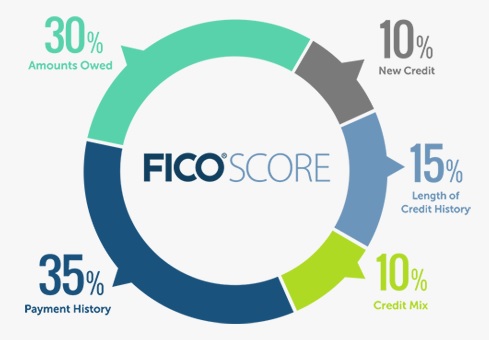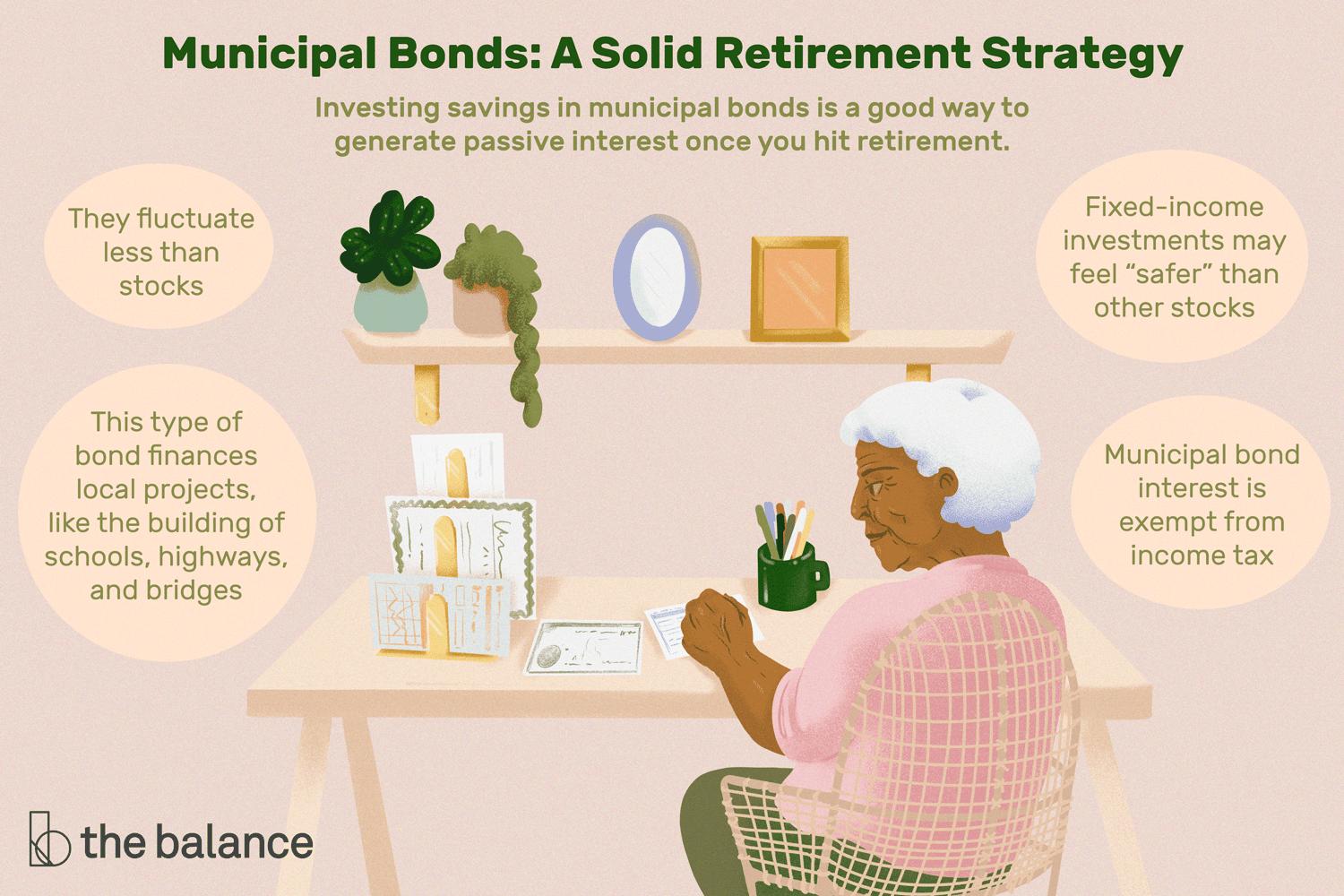
It is easy to invest in your self - and you can increase your wealth. By investing in yourself, you're allowing yourself to grow and develop. Learn a new skill can help increase your income. You can find many sites that offer online classes for free. No matter if your goal is to become a digital nomad or to learn new skills at home, it's never too late.
Dollar-cost-averaging
While investing a lump sum of money in one place is an attractive proposition, using dollar-cost-averaging to invest small amounts is a better strategy for the long term. By spreading the amount of money invested over a year, you will be able to capture the growth potential of the market and avoid the inflation that threatens purchasing power. This method is particularly helpful for small investors, as it smoothes out market volatility and allows for smaller amounts to be invested in one place.

Investing individual stocks
Investing in individual stocks requires a higher degree of monitoring and research than a traditional index fund. It is important to monitor both the performance of individual companies as well as the economy in general. It is important to be willing and able to devote time each day reviewing your investments as prices can fluctuate dramatically. Meta Inc. (formerly Facebook) suffered a dramatic drop in market capitalization from $230 billion up to $660billion in a single day. Although this may seem like a minor loss, it was a huge step for the company.
Investing in real estate
Even if you do not have sufficient funds or credit, real estate can still be an investment option that will yield better returns. It is important to research real estate and network with investors. Each approach is different and each one has its merits. It's up to you to decide what works best for you. This will depend on the local market, your availability, your time and your abilities. These are some helpful tips to help you get started. But first, make sure you're ready for the financial risk.
Investing in fractional stocks
Investing small amounts of money in fractionals is a great way to begin investing without having a large amount of cash to risk. Imagine that your stock trading strategy has been developed and that you have a list of companies you wish to invest. You could invest the entire $100 in 100 shares. Then, you would have $10 to invest in other items.

ETFs - Investing
ETFs may be a good option if you only have a few hundred dollars to invest. These exchange-traded funds pool the money of many investors to invest in a variety of securities, such as stocks, bonds, and commodities. Investors who invest only in one ETF have access to all securities in the fund's portfolio. ETFs may be bought or sold quickly. They also provide investors with broad market exposure at a low cost.
FAQ
What should you look for in a brokerage?
There are two important things to keep in mind when choosing a brokerage.
-
Fees - How much will you charge per trade?
-
Customer Service - Can you expect to get great customer service when something goes wrong?
You want to choose a company with low fees and excellent customer service. You will be happy with your decision.
Which fund would be best for beginners
The most important thing when investing is ensuring you do what you know best. FXCM offers an online broker which can help you trade forex. If you are looking to learn how trades can be profitable, they offer training and support at no cost.
If you don't feel confident enough to use an internet broker, you can find a local office where you can meet a trader in person. This way, you can ask questions directly, and they can help you understand all aspects of trading better.
Next, you need to choose a platform where you can trade. CFD platforms and Forex can be difficult for traders to choose between. It's true that both types of trading involve speculation. However, Forex has some advantages over CFDs because it involves actual currency exchange, while CFDs simply track the price movements of a stock without actually exchanging currencies.
Forex makes it easier to predict future trends better than CFDs.
But remember that Forex is highly volatile and can be risky. For this reason, traders often prefer to stick with CFDs.
Summarising, we recommend you start with Forex. Once you are comfortable with it, then move on to CFDs.
How do I invest wisely?
A plan for your investments is essential. It is important to know what you are investing for and how much money you need to make back on your investments.
You must also consider the risks involved and the time frame over which you want to achieve this.
This way, you will be able to determine whether the investment is right for you.
Once you've decided on an investment strategy you need to stick with it.
It is best not to invest more than you can afford.
Do I need to buy individual stocks or mutual fund shares?
The best way to diversify your portfolio is with mutual funds.
They are not suitable for all.
If you are looking to make quick money, don't invest.
You should instead choose individual stocks.
Individual stocks give you greater control of your investments.
There are many online sources for low-cost index fund options. These funds allow you to track various markets without having to pay high fees.
Do I need an IRA to invest?
An Individual Retirement Account is a retirement account that allows you to save tax-free.
You can make after-tax contributions to an IRA so that you can increase your wealth. They offer tax relief on any money that you withdraw in the future.
For those working for small businesses or self-employed, IRAs can be especially useful.
Employers often offer employees matching contributions to their accounts. If your employer matches your contributions, you will save twice as much!
How can I tell if I'm ready for retirement?
The first thing you should think about is how old you want to retire.
Are there any age goals you would like to achieve?
Or would it be better to enjoy your life until it ends?
Once you have decided on a date, figure out how much money is needed to live comfortably.
The next step is to figure out how much income your retirement will require.
Finally, you need to calculate how long you have before you run out of money.
Can I lose my investment?
You can lose it all. There is no 100% guarantee of success. There are ways to lower the risk of losing.
Diversifying your portfolio is one way to do this. Diversification reduces the risk of different assets.
Stop losses is another option. Stop Losses let you sell shares before they decline. This reduces your overall exposure to the market.
Finally, you can use margin trading. Margin trading allows for you to borrow funds from banks or brokers to buy more stock. This can increase your chances of making profit.
Statistics
- If your stock drops 10% below its purchase price, you have the opportunity to sell that stock to someone else and still retain 90% of your risk capital. (investopedia.com)
- According to the Federal Reserve of St. Louis, only about half of millennials (those born from 1981-1996) are invested in the stock market. (schwab.com)
- They charge a small fee for portfolio management, generally around 0.25% of your account balance. (nerdwallet.com)
- As a general rule of thumb, you want to aim to invest a total of 10% to 15% of your income each year for retirement — your employer match counts toward that goal. (nerdwallet.com)
External Links
How To
How to invest In Commodities
Investing is the purchase of physical assets such oil fields, mines and plantations. Then, you sell them at higher prices. This process is called commodity trade.
Commodity investing is based upon the assumption that an asset's value will increase if there is greater demand. The price falls when the demand for a product drops.
You don't want to sell something if the price is going up. And you want to sell something when you think the market will decrease.
There are three main types of commodities investors: speculators (hedging), arbitrageurs (shorthand) and hedgers (shorthand).
A speculator buys a commodity because he thinks the price will go up. He does not care if the price goes down later. A person who owns gold bullion is an example. Or an investor in oil futures.
A "hedger" is an investor who purchases a commodity in the belief that its price will fall. Hedging is an investment strategy that protects you against sudden changes in the value of your investment. If you own shares that are part of a widget company, and the price of widgets falls, you might consider shorting (selling some) those shares to hedge your position. This is where you borrow shares from someone else and then replace them with yours. The hope is that the price will fall enough to compensate. When the stock is already falling, shorting shares works well.
The third type, or arbitrager, is an investor. Arbitragers are people who trade one thing to get the other. If you're looking to buy coffee beans, you can either purchase direct from farmers or invest in coffee futures. Futures let you sell coffee beans at a fixed price later. You have no obligation actually to use the coffee beans, but you do have the right to decide whether you want to keep them or sell them later.
You can buy things right away and save money later. It's best to purchase something now if you are certain you will want it in the future.
However, there are always risks when investing. One risk is that commodities prices could fall unexpectedly. Another risk is the possibility that your investment's price could decline in the future. Diversifying your portfolio can help reduce these risks.
Taxes are also important. You must calculate how much tax you will owe on your profits if you intend to sell your investments.
Capital gains taxes are required if you plan to keep your investments for more than one year. Capital gains taxes only apply to profits after an investment has been held for over 12 months.
If you don’t intend to hold your investments over the long-term, you might receive ordinary income rather than capital gains. Earnings you earn each year are subject to ordinary income taxes
Investing in commodities can lead to a loss of money within the first few years. You can still make a profit as your portfolio grows.